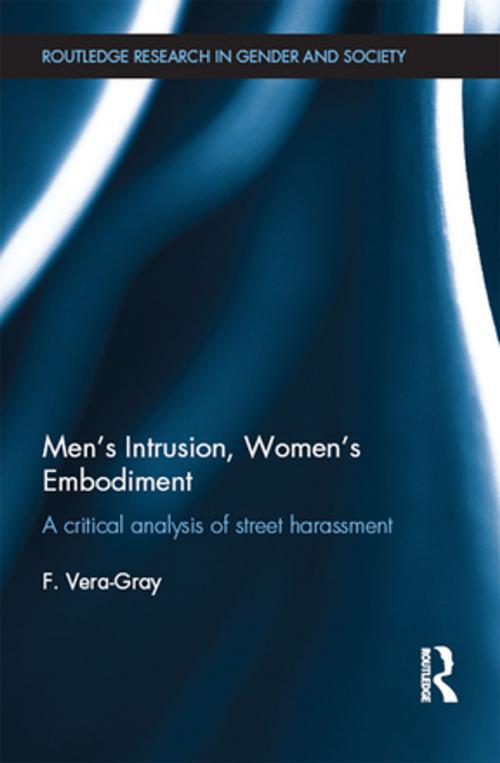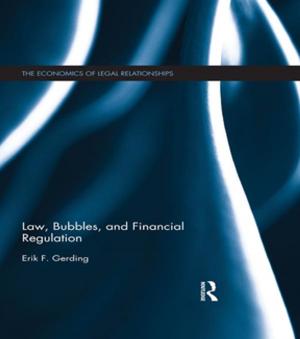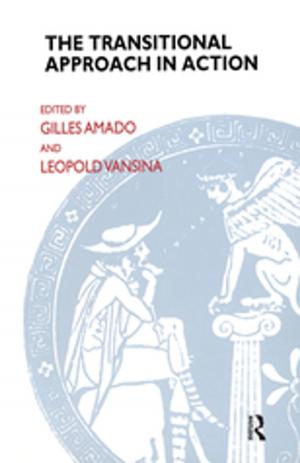Men's Intrusion, Women's Embodiment
A critical analysis of street harassment
Nonfiction, Social & Cultural Studies, Social Science, Sociology| Author: | Fiona Vera-Gray | ISBN: | 9781317360100 |
| Publisher: | Taylor and Francis | Publication: | July 1, 2016 |
| Imprint: | Routledge | Language: | English |
| Author: | Fiona Vera-Gray |
| ISBN: | 9781317360100 |
| Publisher: | Taylor and Francis |
| Publication: | July 1, 2016 |
| Imprint: | Routledge |
| Language: | English |
Research on violence against women tends to focus on topics such as sexual assault and intimate partner violence, arguably to the detriment of investigating men’s violence and intrusion in women’s everyday lives. The reality and possibility of the routine intrusions women experience from men in public space – from unwanted comments, to flashing, following and frottage – are frequently unaddressed in research, as well as in theoretical and policy-based responses to violence against women. Often at their height during women’s adolescence, such practices are commonly dismissed as trivial, relatively harmless expressions of free speech too subjective to be legislated against.
Based on original empirical research, this book is the first of its kind to conduct a feminist phenomenological analysis of the experience for women of men’s stranger intrusions in public spaces. It suggests that intrusion from unknown men is a fundamental factor in how women understand and enact their embodied selfhood.
This book is essential reading for academics and students involved in the study of violence against women, feminist philosophy, applied sociology, feminist criminology and gender studies.
Research on violence against women tends to focus on topics such as sexual assault and intimate partner violence, arguably to the detriment of investigating men’s violence and intrusion in women’s everyday lives. The reality and possibility of the routine intrusions women experience from men in public space – from unwanted comments, to flashing, following and frottage – are frequently unaddressed in research, as well as in theoretical and policy-based responses to violence against women. Often at their height during women’s adolescence, such practices are commonly dismissed as trivial, relatively harmless expressions of free speech too subjective to be legislated against.
Based on original empirical research, this book is the first of its kind to conduct a feminist phenomenological analysis of the experience for women of men’s stranger intrusions in public spaces. It suggests that intrusion from unknown men is a fundamental factor in how women understand and enact their embodied selfhood.
This book is essential reading for academics and students involved in the study of violence against women, feminist philosophy, applied sociology, feminist criminology and gender studies.















